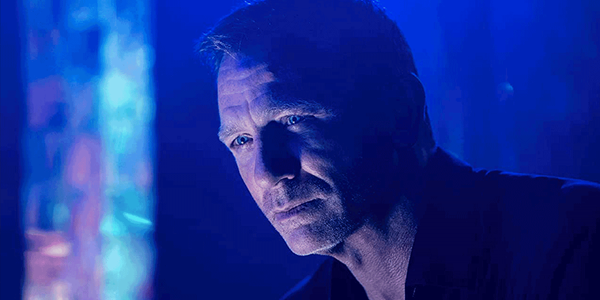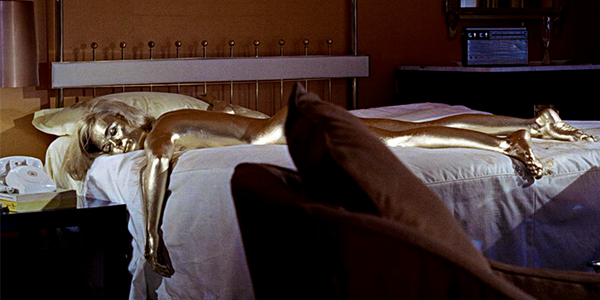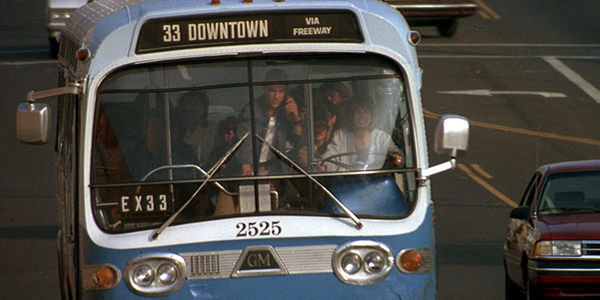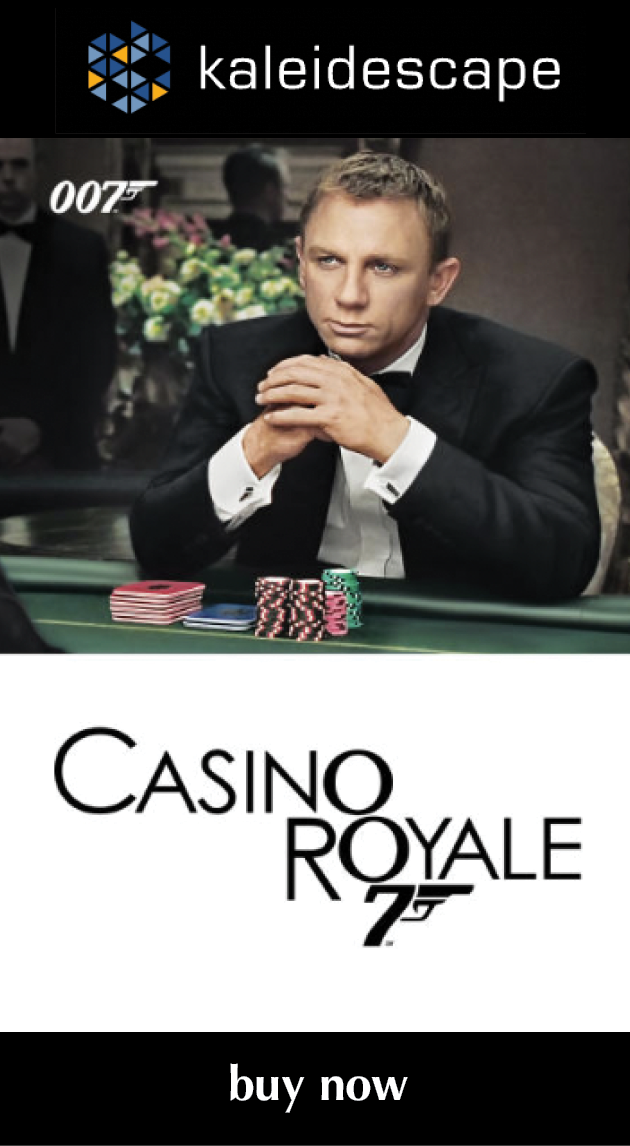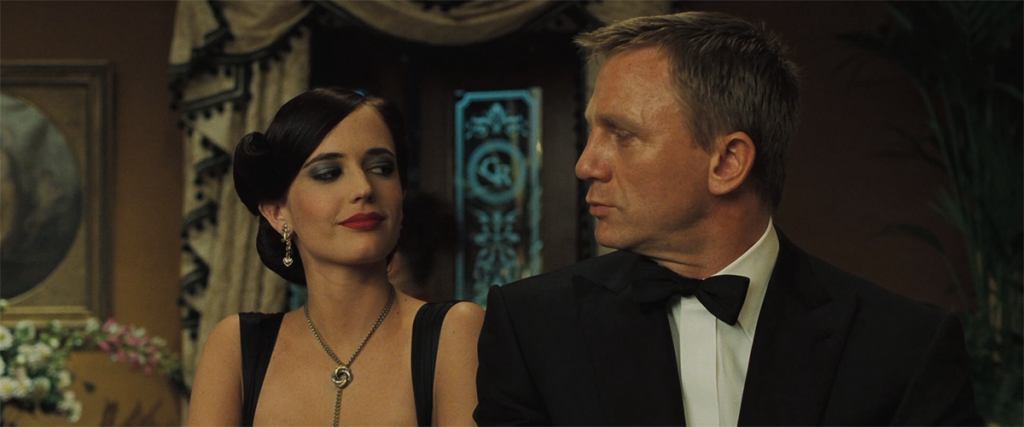
review | Casino Royale (2006)
The initially derided Craig rebooted the franchise in a big way in this gritty interpretation of Fleming’s first Bond book
by John Sciacca
April 9, 2020
As I mentioned in my Goldfinger review, my dad was always a Connery man. It was the Bond he started out with and who he associated with the character. Roger Moore was the Bond I grew up with, and his looser style and cooler gadgets—thanks to improvements in Q Branch no doubt—resonated with me. For years, For Your Eyes Only was my favorite installment in the franchise.
But as I got older, read the Ian Fleming (and John Gardner and Raymond Benson) novels for myself, and had more Bond options, I realized Moore really wasn’t the best representation of the character. Where Moore was quick with a quip or tongue-in-cheek comeback, Fleming’s Bond was often brutal and not into trading barbs of the verbal variety. He went about his business of killing with professional detachment, taking no joy in the act, but never shying away from it.
In Fleming’s own words, “I didn’t intend for Bond to be likable. He’s a blunt instrument in the hand of government. He’s got vices and few perceptible virtues.”
In many ways, Timothy Dalton got closest to the brutal edge that was the literary Bond. Unfortunately, though, he hit the not-likable part a little too literally for much of the Bond viewership.
For me, the Bond films reached a franchise low-point with Pierce Brosnan. I initially had high hopes for him after Goldeneye but then the Brosnan films started relying too much on gadgetry and ridiculousness. (Denise Richards as nuclear physicist Dr. Christmas Jones in The World is Not Enough?! Ugh . . .). And when we finally got to Bond parasailing a giant wave into enemy territory, followed by racing around in an invisible car, and a cameo of a fencing Madonna in 2002’s Die Another Day, well, I didn’t think I had another day to give. That is, until we got Daniel Craig.
Remember, though, that when Craig was initially cast, the world was anything but supportive. The press dubbed him “the blonde Bond,” a clear departure from Fleming’s descriptions, and fans were also similarly dismissive. (Fleming, by the way, several times describes Bond as looking like singer, songwriter, actor Hoagy Carmichael. A description from Moonraker describes Bond as “certainly good-looking . . . Rather like Hoagy Carmichael in a way. That black hair falling down over the right eyebrow. Much the same bones. But there was something a bit cruel in the mouth, and the eyes were cold.”)
With four years between Day and Casino Royale, it gave the franchise a chance to cool off. And by the time Royale came out, Bond was ready for a much-needed reboot, not only with a new leading man, but with an entirely new realism and edge, reborn in the 21st century.
Casino Royale is the first Fleming novel, a fitting point for the series to restart from, and the film opens in gritty, grainy, ultra-high-contrast black & white where we see a relatively inexperienced Bond new on the job. This is a Bond yet to earn his 00 license, which we quickly learn requires two kills to attain. The first kill is a brutal, personal, up-close-and-ugly affair that doesn’t go quick. The second is . . . easier. Gone are the quips and jokes. This is the brutal, blunt instrument Fleming imagined.
After Brosnan’s heavy reliance on gadgetry, here we have a Bond utterly stripped of gadgets and tricks. (Though you’ll notice several key instances of Sony product placement throughout.) Instead, we see Bond at his best, relying on his guts, brains, and self to outwit and scramble out of trouble. Craig is clearly—and visibly—in fantastic shape, and he isn’t the “pretty Bond” of his predecessors. His grappler’s body is scarred, and his face shows the wear of numerous fights and the hard life Bond leads, but when we see Craig thrust into Bond’s world, he is utterly believable.
Fleming’s Bond also had a voracious appetite for liquor, and his consumption of bottles of wine, champagne, and hard liquor at meals would have made Don Draper look like a teetotaler. We get a sense of that here, with Bond drinking heavily. We are also introduced to the Vesper, a martini of Bond/Fleming’s creation. (Finding key ingredient Kina Lillet can often be a challenge if trying to recreate this for yourself.)
There are many things that separate this Bond—both film and character—from the others. For one, the overall tone of the film is just darker, moodier, and more intense. We also get the series’ most brutal onscreen torture scene—one pulled directly from the book. Where other villains monologue about what they are planning to do to Bond, here Le Chiffre (Mads Mikkelsen) just gets down to business.
Also different is the character- and relationship-building we see developing between Bond and those around him, notably Vesper Lynd (Eva Green), M (Judi Densch), and Felix Leiter (Jeffrey Wright). The dialogue between Bond and these characters is sharp and fast, smart and poignant, looking well past the opportunity to simply work in some witty quip, and actually interested in developing the story and characters and challenging Bond. It also helps to make Bond seem more human, relatable, and vulnerable. Here we see a Bond who has fallen in love, who lets his armor down and decides to commit to another person and resign from MI6 before it consumes—or kills—him.
The movie is long. At 2:24, it is the second longest Bond film, giving it plenty of time to develop the story and the characters. The Texas Hold ‘Em card game at the titular casino in Montenegro between Bond and Le Chiffre lasts a long time, but manages to keep tension and remain engaging without feeling overly long. It succeeds here because of the dialogue between characters, the developments on and off the table, and the way the game is broken up, allowing the players to rest and go about other business. Further, changing the game from baccarat (Bond’s preferred game in the novels) to poker for the film was also a brilliant stroke. Baccarat’s rules are far more basic, and wouldn’t have given this lengthy battle of wits and wills the same tension or pacing.
Shot on 35mm film, this is taken from a 2K digital intermediate and images look mostly great but don’t always rise to reference quality. The opening black & white images remind me of some Kodak professional film stock I once used at a wedding, resulting in images that are either deep black or pure bright white, giving it a stark look that pops in HDR. The whites look a bit overexposed, revealing some speckles and giving it a (likely intended) gritty look to capture Bond’s admission into the 00 ranks.
Closeups reveal tons of facial detail as well as the fabrics in clothing, such as the fine detail and texturing in Rene Mathis’ (Giancarlo Giannini) tie, the pebbled texture in Bond’s tuxedo shirt or the delicate white-on-white V pattern in Bond’s suspenders. It also resolves single strands that have fallen loose from Vesper’s hair. Exterior shots in Montenegro and Venice also look fantastic, with buildings having brilliant sharp edges and definition, and full of color. It’s the mid-length shots, such as when the camera pulls back at the gaming table, that don’t seem to have the same sharpness, almost as if a different lens or film stock was used, slightly pulling you out of the fantasy world.
There are a lot of night scenes, either driving around the streets of Miami or a chase outside an airport, or the bright lights illuminating the gaming table, and these benefit from HDR’s deep blacks and bright whites. We also get a lot of “natural” bright reflections as sun reflects brightly off rocks or gleams on sweating faces and bodies. Outdoor scenes just look more real and natural with the wider contrast range. I didn’t find that the film makes much use of HDR’s wider color gamut, but skin tones are natural, as are the green foliage in a jungle and a dust-filled embassy.
I was initially bothered that there’s not a new audio mix here, just a “basic” 5.1-channel DTS HD-Master audio track; but fortunately, that disappointment didn’t last long as Royale’s soundtrack is dynamic and active. (It’s also worth mentioning that the disc release also contains the 5.1 mix.)
Audio is used extensively to properly place you in the environment, and a quality home theater processor’s upmixer does an admirable job creating a truly immersive mix. During an early scene, rain is pouring overhead, and the mix does a great job of putting that water up above you. As Bond runs through a construction site, the room comes alive with sounds of the site, with drilling, cutting, welding, and distant shouts all surrounding you. While in the airport, the room fills with sounds of passengers chatting and PA announcements. And during the interrogation scene, the audio takes on the low-ceilinged flat echo quality of the small space, with water dripping and splashing periodically in the corners.
There is plenty of gunfire, and the dynamics are loud and sharp, capturing the crack of the bullet and different sonic characteristics of different weapons. During the battle at the embassy compound, bullets hit and crash all around, with glass shattering, impacts striking into walls, and debris falling and splintering. Bass is authoritative, with impact, collisions, and explosions sending waves of low-freqeuncy energy through the room.
Dialogue is well presented and easy to understand, as is the equally important—and beautiful sounding—12-cylinder engine note of the Aston Martin DBS (a car I actually got to spend an entire weekend with driving around New York several years ago . . .).
I had forgotten just how much I enjoy this film. From start to finish, Casino Royale is engaging, engrossing, and entertaining, and is the truest version of Bond as Ian Fleming imagined and wrote. Fans of the series will want to own this movie looking and sounding its best, but even non-Bond fans will find plenty of action and intrigue here that will leave them shaken not stirred.
Probably the most experienced writer on custom installation in the industry, John Sciacca is co-owner of Custom Theater & Audio in Murrells Inlet, South Carolina, & is known for his writing for such publications as Residential Systems and Sound & Vision. Follow him on Twitter at @SciaccaTweets and at johnsciacca.com.
© 2025 Cineluxe LLC


